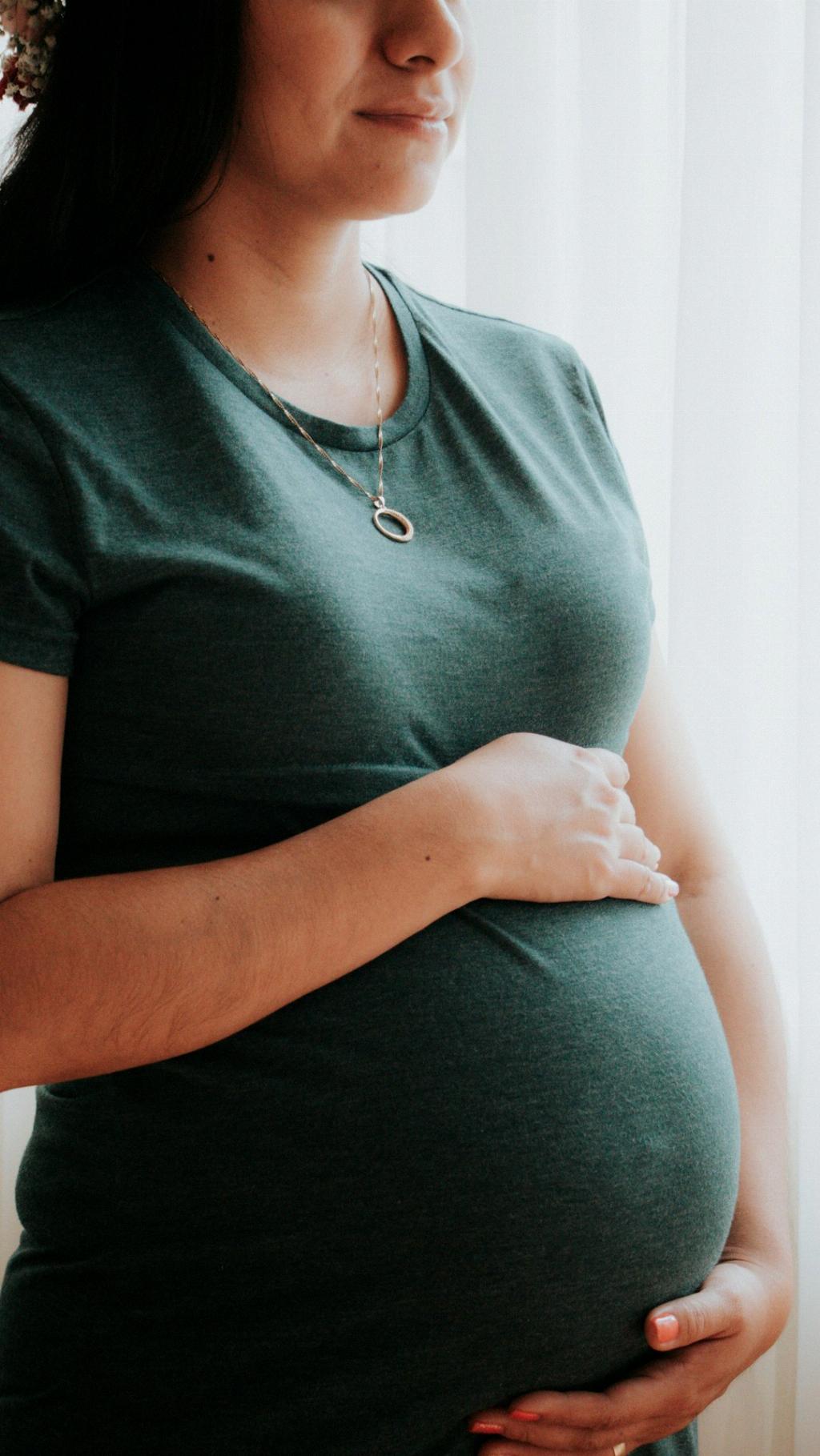When it comes to pregnancy, spotting can certainly be a cause for concern for many expectant mothers. Knowing what to look for and understanding the common characteristics of pregnant spotting can help ease worries and provide reassurance. Let’s delve into what pregnant spotting looks like and what you can expect during this time.
Common Occurrence in Early Pregnancy
Spotting during pregnancy is a fairly common occurrence, particularly in the early stages, typically during the first trimester. It is important to note that spotting is different from heavy bleeding, which may be a sign of a more serious issue. Pregnant spotting is usually lighter in flow and may come and go sporadically.
Color Variations
One of the key characteristics of pregnant spotting is the color of the blood. It is often red or pink in hue, indicating fresh blood. However, it can also appear brown, resembling old blood or the spotting that occurs at the beginning or end of your menstrual cycle. These color variations are generally considered normal.
Consistency and Amount
When experiencing pregnant spotting, the amount of blood lost is typically minimal, less than what you would observe during a light period. This light and intermittent flow is a distinguishing feature of spotting and can help differentiate it from more concerning bleeding.
Timing and Duration
Pregnant spotting can occur at various times during your pregnancy, but it is most common in the early weeks. It may last for a short period or persist for a few days, with some women experiencing spotting throughout their first trimester. If you notice spotting, it is advisable to monitor the duration and seek medical advice if you have any concerns.
Possible Causes
There are several reasons why pregnant women may experience spotting. Implantation bleeding, a normal part of early pregnancy, can cause light spotting as the embryo attaches to the uterine lining. Hormonal changes, cervical sensitivity, or minor irritation can also contribute to spotting. In some cases, spotting may be a sign of a more serious issue, such as an ectopic pregnancy or infection, highlighting the importance of seeking medical evaluation.
Accompanying Symptoms
While spotting alone may not be a cause for alarm, certain accompanying symptoms should be noted. Severe abdominal pain, cramping, dizziness, or fever alongside spotting may indicate a more serious problem and warrant immediate medical attention. It is essential to pay attention to your body and seek help if you experience concerning symptoms.
Monitoring and Care
During pregnancy, it is crucial to monitor any changes in your body and communicate with your healthcare provider. If you notice spotting or have any concerns, do not hesitate to reach out to your doctor or midwife. They can assess your situation, provide guidance, and perform any necessary tests to ensure the well-being of you and your baby.
Emotional Impact
Experiencing spotting during pregnancy can evoke a range of emotions, from anxiety to confusion. It is entirely normal to feel worried about the well-being of your baby and yourself. Remember that seeking support from your healthcare provider, loved ones, or online communities can help alleviate fears and provide valuable information and reassurance.
Conclusion
In conclusion, pregnant spotting is a common occurrence in early pregnancy characterized by light, intermittent bleeding. Understanding the color variations, amount of blood loss, timing, possible causes, accompanying symptoms, and the importance of monitoring and seeking care can help navigate this experience with more confidence. Remember to prioritize your well-being, communicate with your healthcare provider, and trust your instincts when it comes to your pregnancy journey.

